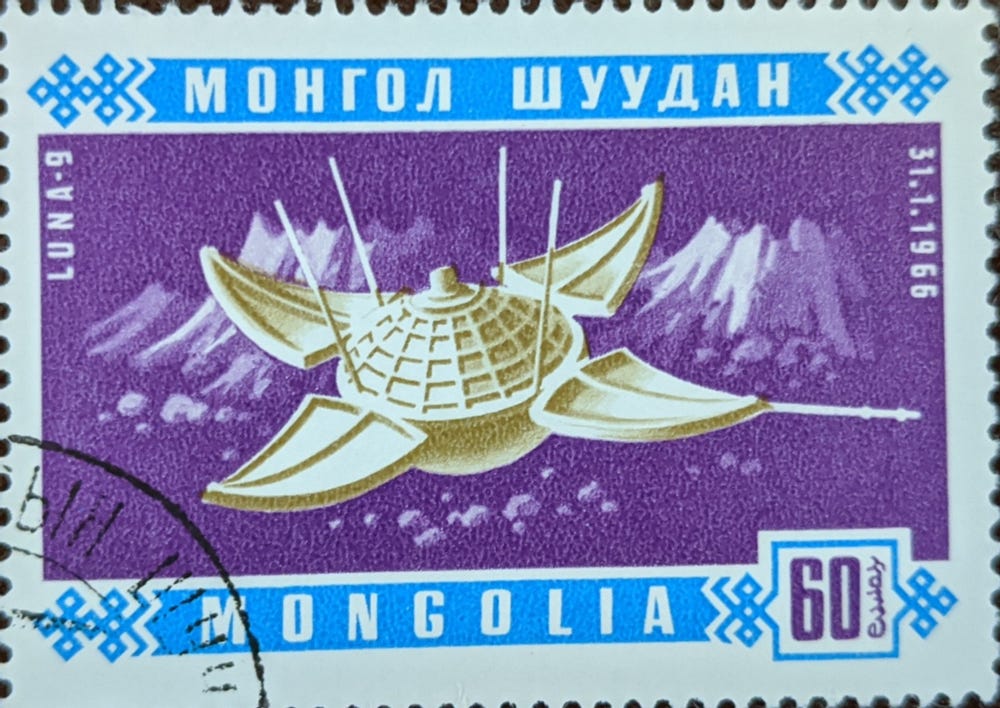Swords, Plowshares & China’s Space Startups

In “For Sale: One Smallsat Rocket,” I brought forth a few reasons why commercial companies in China appeared to be fumbling with building a commercial space industry, as well as why those companies are painted with the brush of untrustworthiness. “Why Hasn’t the Chinese SpaceX Emerged Yet?” provides a bit more context regarding some of the challenges commercial Chinese space companies are dealing with--from their own government (you’ll need a browser translator, but this post provides a very short description of its contents).
Sometimes the best Decision is Doing Nothing
Reading through the article, I couldn’t help but think about and compare a particular part of the U.S.A.’s Commercial Space Act of 1998 to China’s current space activities using rocket motors from old missile systems. The impacts from each on their corresponding commercial small satellite launch industries couldn’t be more different.
What’s happening in China’s space industry today provides a glimpse of what could have happened to the nascent smallsat launch industry in the U.S.--if the U.S. government had decided to sell refurbished rocket motors from intercontinental ballistic missiles for commercial space. These motors would be from missiles that had been sitting in missile silos 24/7 but had been retired either through treaty compliance, age concerns, or other reasons. They are still usable.
For those U.S. citizens promoting the notion of nuclear disarmament, they should be happy to understand the U.S. currently has a stockpile of over 700 nuclear missile motors and spends about $17 million annually to ensure those motors don’t, somehow, disappear. Some people have looked at these motors as potential revenue resources, which could be sold for use as orbital launch vehicles. There is a 2017 General Accountability Office (GAO) report exploring the possibility and attempts to help answer the following question: what would happen if the rules prohibiting the use of old ICBM motors were lifted? What if the government could refurbish and sell those motors for commercial space launch purposes?
The report even got into potential selling prices for refurbished Minuteman and Peacekeeper motors. But U.S. lawmakers never went down that road, perhaps hoping that the decision not to would allow the likes of Firefly, Rocket Lab, and Vector to flourish. There might also have been a concern that inexpensive rocket motors sold from the U.S. government might somehow distort a relatively new sector and represent too much competition for U.S. smallsat launch companies to survive and flourish. Considering the outcome for many of those companies today, that fear might have been justified. While one operational commercial smallsat company out of the three examples mentioned isn’t great, it still is better than having none.
Reaping Benefits and Posing Challenges
Enter the article about China’s commercial space companies, particularly smallsat launch, and their travails in that country. Two of the reasons in the article for why there is no Chinese SpaceX involves a tension between Chinese commercial space companies and Chinese government space organizations: 1) it’s difficult for Chinese companies to get support from the government, and, 2) SpaceX and Chinese new space companies are positioned in the market differently (in the government’s eyes). Based on those reasons, it appears that truly commercial smallsat launch companies in China are competing not only against each other but against a successful, well-funded, extremely motivated, very goal-oriented competitor--the Chinese government.
China has a history and an interest in space going back decades, intertwined with military activities. The country has built up a manufacturing pipeline that serves both its civil and military space aims and provides extremely generous support. The number of government organizations that have sprung up to foster China’s space industry is, for those not generally aware of the country’s activities, confounding. Consider just the top-level of acronyms--CALT, CAST, CASIC, CGWIC, CNSA, CASC, SAST, SECM, etc. All of these are government-run/sponsored organizations, with several sub-organizations, focused on expanding China’s activities and influence in space. There are also the “province-run” programs, where provinces like Hubei and its capital, Wuhan, are sponsoring space industry activities.
China’s interest in space is undeniable.
This interest, however, has also resulted in people leaving those government organizations with ideas of doing something better and profitable. It’s one reason why we see so many commercial space startups in China. Some of these startups, as the list in the referenced post indicates, are truly commercial. But Chinese space startups stepping into launch vehicle territory have to compete against a government that supplies old rocket motors to its own space launch manufacturers and service providers.
Government-sponsored rocket families such as the Kuaizhou, Kaituozhe, and CZ-11 show the dilemma posed to Chinese commercial smallsat launch startups. There are already at least three smallsat launch vehicles on the market (courtesy of the government), with a few of them establishing decent reliability records. Their pricing appears to be extremely competitive as the article notes the Kuaizhou-11 can launch payloads for less than $10,000 per kilogram. This means China’s commercial startups each need to provide a rocket that is less expensive, more reliable, more flexible, and perhaps more capable. And they need to raise money while the Chinese government already provides a fairly inexpensive launch service.
At the same time, these commercial space startups are facing the consequences of their government’s actions. No one trusts them, as their government is very heavy-handed and proven itself to be untrustworthy (the latest TikTok debacle reminds us of this). This distrust ultimately limits the accessible market to China’s truly commercial space startups (as discussed in “China’s CZ-5B, Hand-wringing, Capabilities, and Credibility”). For example, while the nation launched many satellites in 2018, a very small percentage, ~2.5%, were for foreign customers. This indicates that China’s startups get all of the challenges, but none of the “perks” of the smallsat launch business.
It’s amazing, and perhaps a testament to human confidence and optimism (mixed with ignorance), that China’s entrepreneurs even consider jumping into the smallsat launch business. China’s handling of this area of the space business also shows not just why the U.S. government was correct in not selling those rocket motors, but that it could be worse: the U.S. government could be offering smallsat services and systems, preventing innovation and growth in what has proven to be an extremely attractive and useful industry.
Could that lesson be applied to the Space Launch System?




Comments ()